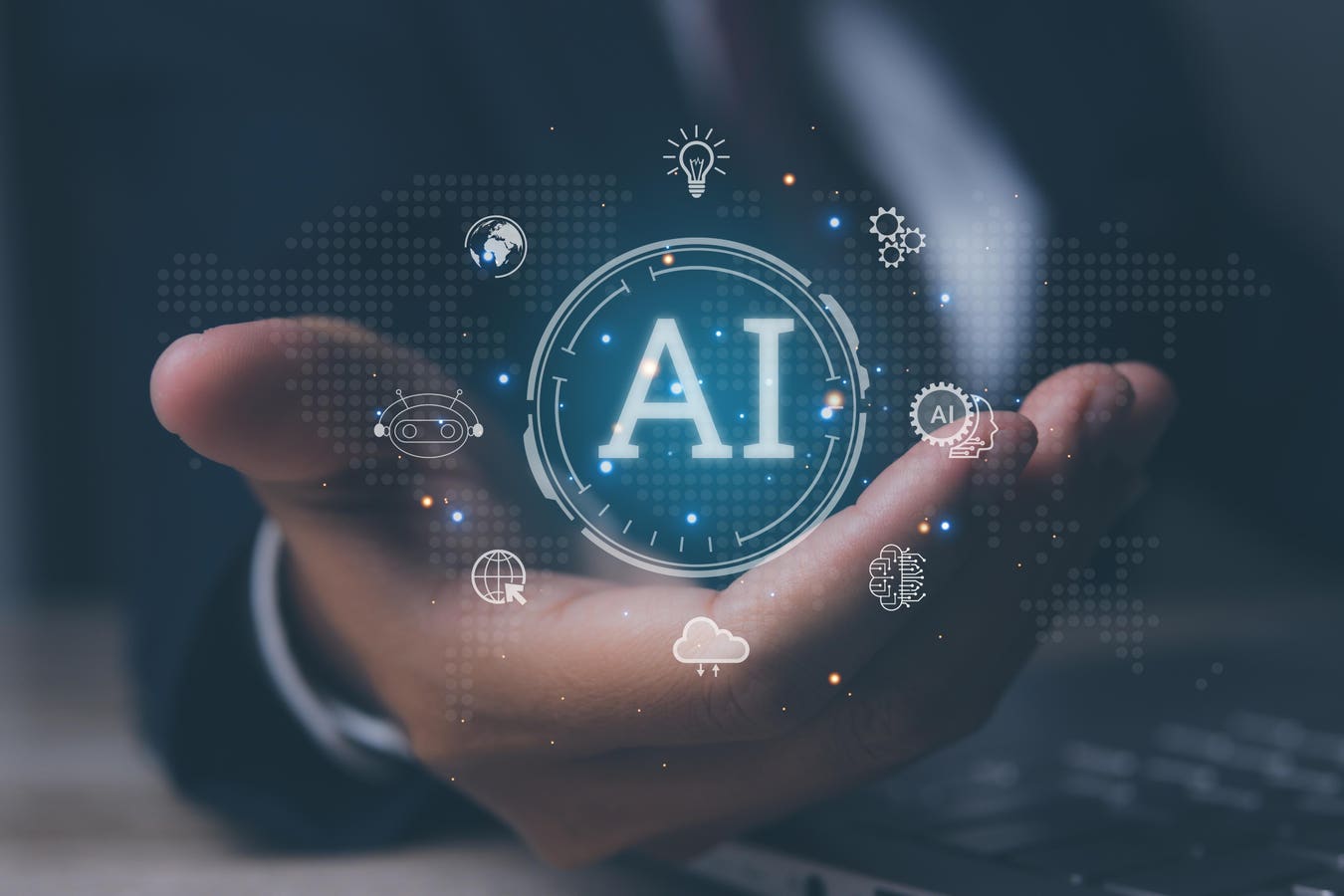The retail industry is at a tipping point. As the AI revolution accelerates, it’s rewriting the rules of customer engagement, retail operations and workforce management — all at the same time.
The extraordinary pace and breadth of change is creating massive opportunities for retailers of all sizes to steal a march on the competition. But there’s no room for delay. The good news is that C-Suite retail executives understand the importance with nearly all (84%) planning to increase their investment in generative AI (gen AI) in the year ahead, according to Accenture’s latest Pulse of Change survey.
Focus and prioritization are both key. So the central question is: where to direct time, resources and investments? There are six imperatives to consider.
1. Amplify brand visibility
That consumers expect smarter, more personalized shopping is nothing new. But today’s gen AI experiences are taking this further, with more and more people starting their searches with AI-driven recommendations and chatbots rather than search engines.
The implication? Retailers must optimize their brand presence for AI-driven discovery. Because if your products aren’t appearing in AI-generated recommendations, somebody else’s will be. The good news? There’s plenty of unmet need to play for—75% of consumers still want their needs to be met more quickly and easily.
Look, for instance, at how Walmart’s AI-powered shopping assistant helps customers find products that best match their unique set of needs in each moment. The retailer also uses LLM-powered product reviews, summaries and comparisons to enhance the overall shopping experience.
2. Embed responsive merchandising
The data and AI revolution offers retailers a chance to fundamentally rethink operations. It’s an opportunity to finally break down functional silos and replace them with more agile networks supplying insights in real time.
Responsive merchandizing is an ideal place to start. Retailers can use advanced analytics to anticipate trends in close to real time, dynamically adjusting curated product assortments, layouts and pricing that enhance local relevance and customer satisfaction.
You can see the groundwork for these shifts already being laid at retailers like H&M in the UK, which is launching highly localized small concept stores more closely aligned with nearby consumers. And Walmart, which is introducing electronic shelf labels which radically reduce the time needed to update pricing, increasing responsiveness.
3. Hyper-personalize marketing
In today’s retail market, the stakes are constantly being raised when it comes to customer trust and loyalty. And AI interfaces are the latest breed of touchpoints where retailers can win – or lose – that trust. An example: almost four in five shoppers now say conversational AI should remember their preferences from previous interactions.
The challenge? 60% of companies still aren’t using real-time data to predict and guide customer interactions. It’s why it’s imperative to double down on delivering seamless personalization across all potential touchpoints.
Look, for instance, at how Macy’s Media Network is using AI and machine learning to personalize customer experiences, particularly in areas like credit card enrolment and loyalty programs.
4. Create memorable in-store experiences
Physical shopping remains a cornerstone of retail strategies. But in the age of AI, retailers can use intelligent technologies to localize and personalize in-store shopping even further. The result: better experiences and deeper community connections.
“Fun” can be a powerful concept here. Accenture’s research shows over three-quarters of consumers who have fun while shopping are likely to recommend a brand to others. Advanced retail tech can support new kinds of fun and engaging experiences while simultaneously reducing the cost to serve.
H&M’s sensory fitting room at its Paseo de Gracia store is a great example. The room can be transformed into a visual and auditory experience, creating a mirrored “infinity” space that lets customers see themselves from all angles, while choosing music and lighting that suit their current mood.
5. Build agile supply chains
The need for supply chains to be more resilient, transparent, and efficient is ever present. Businesses are estimated to be missing out on around $1.6 trillion revenue growth opportunities every year through supply chain vulnerability. It’s why real-time data and AI have become essential tools for optimizing logistics, increasing resilience and improving inventory management.
Look at how Albertsons is improving its demand forecasting using an AI-powered solution. With more accurate and efficient forecasts, the grocer plans to reduce food waste in key categories like fresh meat, seafood, and deli items.
6. Empower employees with AI
AI is reshaping the retail workforce too. Accenture’s research has found that half of all retail working hours have the potential to be impacted by recent advances in AI — shifting the focus towards data-driven decision-making, customer engagement, and supervising AI tools and agents.
There’s no doubt retailers are investing in training their staff in AI. But only 27% of retail and consumer goods workers say they really understand the value of the technology. It’s why it’s vital to continue focusing on upskilling, so people are empowered to use new AI solutions effectively.
Target, for instance, has been rolling out its AI-powered Store Companion chatbot across its 2,000 US stores. The app, which is available on associates’ handheld devices, uses gen AI to answer on-the-job questions, coach workers, and support other retail activities.
The time is now
Retail’s AI reinvention is underway. The winners will be those who invest responsibly in the technology, while also rethinking operations and empowering their people. As retailers prepare for the future, these six imperatives will help assess where and how to get started.
Read the full article here





